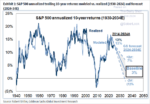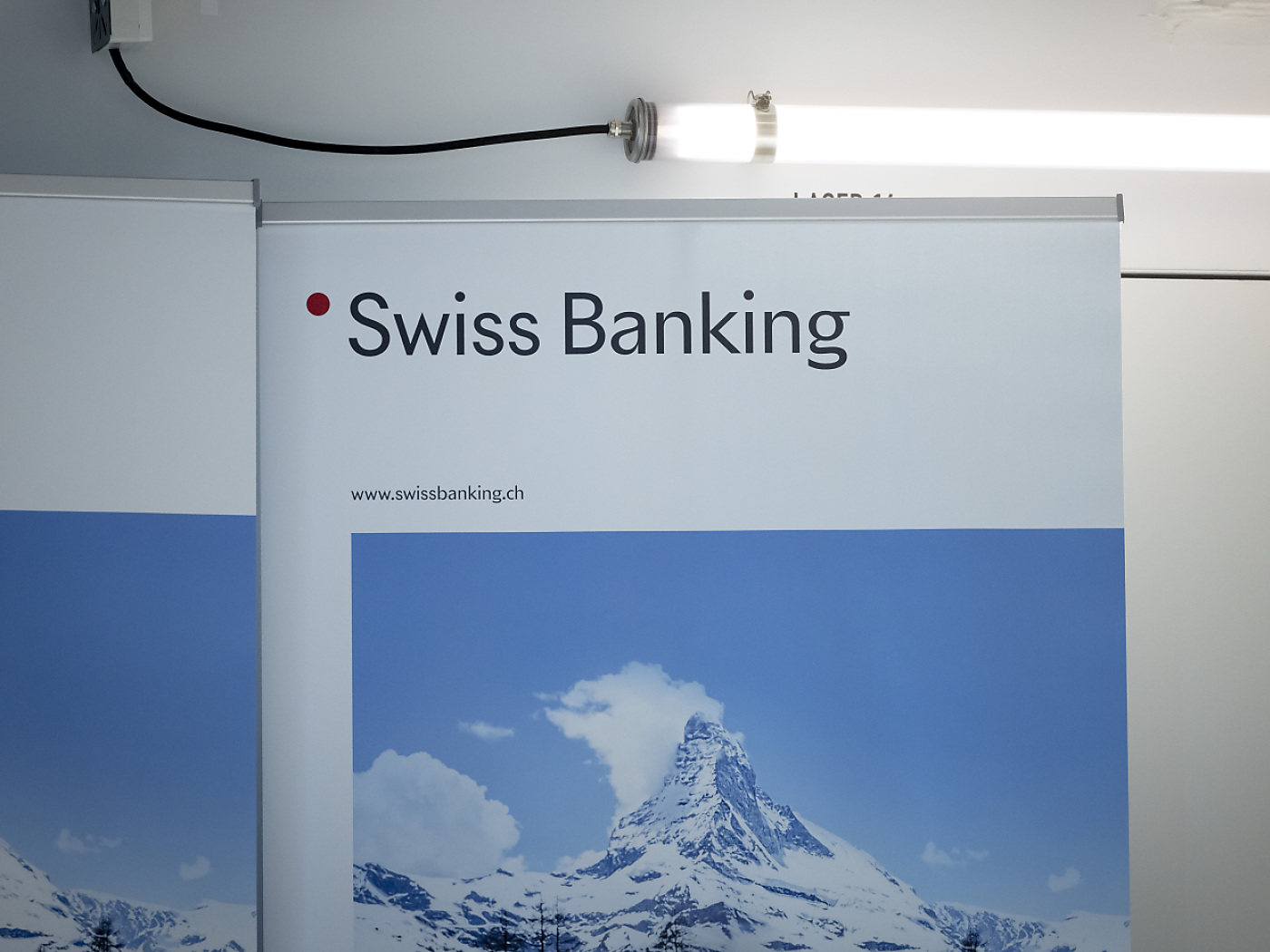Overview: The capital markets remain unsettled. Asia-Pacific bourses rose, but European markets are sharply lower, with the Stoxx 600 off 1.3%, giving back the lion's share of yesterday's gains and US equity futures are lower. Benchmark 10-year yields are off 3-9 bp in Europe, with widening core-periphery yields. The yield on the 10-year US Treasury is off a dozen basis points to about 3.56%. Two-year yields are also sharply lower, led by the 15-16 bp decline in Germany and France (Italy's two-year yield off a couple basis points). The two-year US yield is down seven basis points to 4.18%.
The US dollar is firmer against all the G10 currencies but the Japanese yen. The Norwegian krone and euro are under the most pressure, off about 0.5%. After the yen, the Canadian dollar is off the least (~0.20%). Most emerging market currencies are under pressure, and the Mexican peso is bearing the brunt after yesterday's recovery. The peso is off a little more than 1.1%, and the Hungarian forint and South African rand are close behind. Gold is recovering from a pullback to around $1886 and is back above $1900. Demand concerns appear to be weighing on crude oil, and the May WTI contract is pinned near the trough seen yesterday around $71.
Asia Pacific
As widely expected, China left its key one-year medium lending facility rate steady at 2.75%, though lending volume was stronger than expected, though slightly slower than previously (CNY481 bln vs. CNY499 bln). The series of real sector data reported supports ideas that the world's second-largest economy is on the mend after the initial disruption as Covid policies were reversed. Retail sales rose 3.5% year-over-year in the Jan-Feb period from -1.8% in December, in line with expectations. Industrial output accelerated to 2.4% from 1.3%, just missing expectations. Fixed asset investment was somewhat stronger than expected, rising 5.5% from 5.1% in December. The slump in property investment continued but at a slower pace (-5.7% year-over-year after contracting 10% in December). Surveyed unemployment ticked up to 5.6% from 5.5%. Ironically, the Chinese economy is recovering as the US economy is hit with a new shock. The financial stress is disruptive but is also likely to tighten lending, which was already underway, according to the recent survey of senior loan officers.
Australia reports its February jobs figures first thing tomorrow. It has lost jobs over the past two months but is expected to recoup them in February. It lost nearly 32k jobs in December-January, and the median forecast in Bloomberg's survey calls for a 50k increase. Recall that Australia reported a net loss of 43.3k full-time posts in January. The Reserve Bank of Australia meets next on April 4 and the market has all but given up on a rate hike. At the end of February, the futures market had about an 80% chance of a hike discounted but is has been trending lower. The current cash target rate is 3.60% and the swaps market sees it as the peak.
As US rates have stabilized, the dollar reached a three-day high against the Japanese yen near JPY135.10. That is the halfway point of the dollar's decline from last week's high near JPY138 to this week's low near JPY132.30. The next retracement target is JPY135.75, while initial support is now around JPY133.80-JPY134.00. The Australian dollar extended yesterday's recovery but was turned back as it approached Monday's high a little shy of $0.6720, where around A$925 mln of options will expire today. It made new session lows in the European morning and a break of $0.6660 could see $0.6600-20. The greenback rose for a second day against the Chinese yuan but remained below Monday's high (~CNY6.9185). Still, the US dollar firm and approaching the 200-day moving average (~CNY6.9045). The PBOC set the dollar's reference rate a little lower than expected (CNY6.8680 vs. CNY6.8696).
Europe
The market is feeling more confident that the ECB will stick to the 50 bp hike tomorrow that it had signaled before the US financial crisis. In the middle of last week, the swaps market showed high confidence of a half-point move. It fell to about 55% chance on Monday and recovered to almost 74% yesterday and is closer to 83% today. A 50 bp hike would bring the key rate to 3.0%. The terminal rate is seen near 3.50%, which would allow for two additional quarter-point moves.
Barring a major surprise on the Chancellor Hunt's spring budget, next week's Bank of England meeting looms large (March 23) and ahead of is the February CPI (March 22). Press reports suggest the new efforts will be focused to blunt the hit coming to businesses in the form of higher taxes and a loss of investment incentives. Tax breaks for new capex, if successful, brings forward investment but does not boost the long-term trajectory of productive capacity. Falling energy prices and stronger tax revenues give the Hunt some room to maneuver, though it could be constrained if the Office for Budget Responsibility cuts its long-term growth forecast. Meanwhile, some half a million teachers, junior doctors, civil servants, and commuter train operators are striking today. Turning to BOE expectations, a week ago, the swaps market had a quarter-point hike fully discounted. It is now closer a little above 50%. The terminal rate was seen between 4.75% and 5.0%. It is now seen between 4.25% and 4.50%.
The euro reached $1.0760 before sellers got an upper end and pushed the single currency through yesterday's low (~$1.0660). The euro has met the (38.2%) retracement of its bounce from last week's that was found near $1.0670. The next retracement (50%) is by $1.0640 and then (61.8%) is closer to $1.0615. The sharp selling pressure in the European morning is stretching the intraday momentum indicators. There are 1.7 bln euros in options struck at $1.0700 and $1.0750 that expire today and the positioning/hedging around them may be contributing to the euro's pressure today. That said, the euro has traded on both sides of yesterday's range and a close below yesterday's low is a bearish technical development and would warn of the risk of a return to last week's lows near $1.0525. Sterling is faring better, though it too has a heavier bias. It remains well within Monday's range when it recorded a low near $1.2030, where there are options for GBP325 mln that expire today. It is holding above $1.2100 today, but that looks set to crack, which could spur a move toward $1.2050.
America
The US February CPI was in line with expectations, with the headline rate rising by 0.4% and the core by 0.5%. The year-over-year rates are at 6.0% and 5.5%, respectively. It is the lowest headline rate since September 2021. In Q2 22, headline CPI rose at an annualized rate of more than 10%. Making, a conservative assumption of a 0.5% increase on average per month in Q2 23, the year-over-year rate, and another percentage point will drop off by the end of Q2. Moreover, somewhere around the middle of the year, shelter costs will be falling (it is well appreciated now that the BLS does not use the most current data available which show some softening of rents and owner-equivalent measures). Still, price pressures remain strong outside the base effect. The last three months at an annualized pace, CPI has risen by about 4.0% and the core by around 5.2%. The CPI figures also mean that core PCE deflator is unlikely to ease much from January's 4.7% pace.
Today's high-frequency reports include producer prices and retail sales. Producers prices are expected to have continued to slow. The headline pace peaked last March at 11.7%. The 12-month increase stood at 6.0% in January and likely slowed to 5.4% in February, the least since March 2021. The core measure topped at 9.7% in March 2022 and is seen near 5.2% last month, which would be the lowest since May 2021. Retail sales is the more important of the two reports. It covers a little more than 40% of personal consumption expenditures. The 3% jump in January was a bit of a fluke, helped by unusually warm weather and, arguably, the Social Security cost-of-living adjustment. The median forecast in Bloomberg's survey forecast a 0.4% decline in February. The core measure, which excludes auto and gasoline station sales, building materials and food services, used in some GDP models, is also expected to fall after rising 1.7% in January. The Empire State manufacturing survey is also on tap. It is among the first reports for March. It tends not to elicit much of a market response, but it is expected to have softened, with the median forecast in Bloomberg's survey looking for -7.8 after -5.8 in February. The diffusion index has not been positive since last November, which itself was the first positive reading since April.
Two days after the Fed, FDIC, and Treasury acted to stem what they thought was a systemic risk, the market still does not appear confident. However, since all depositors will be made whole at the two failed banks, there is not a flight from deposits in general, but reports suggest money-center banks are drawing deposits from others. Still, even assuming one accepts the official moves, they seem to be incomplete. First, the Federal Reserve had the discretion to apply more rigorous regulatory oversight to banks below the $250 bln threshold. This discretion that was not exercised should have led to an independent inquiry not led by Fed Governor Barr, the Vice Chair of Supervision. Of course, there will be other investigations, including congressional hearings. Second, when granting forbearance, the government should insist on an equity stake in some fashion from those who benefit, like they did in the large banks and auto companies, which ultimately showed a profit. The KBW bank index plunged 15.75% last week. The government's announcement was Sunday, and the index gapped lower on Monday. It traded sideways yesterday and closed around 8.5% lower since the government's action.
The US dollar found support near CAD1.3660 and is trading with a firmer bias today. The initial corrective target is around CAD1.3730 and then CAD1.3760. There are options for about $890 mln at CAD1.3725 that expire today. The intraday momentum indicators are overbought. The Mexican peso recovered smartly yesterday as market participants swooped to buy what had been their favorite currency this year. After reaching almost MXN19.18 on Monday, it approached MXN18.5560 yesterday. The US dollar has steadied today and is approaching MXN18.78, meeting the minimum retracement target. The next is closer to MXN18.8550.
Full story here Are you the author? Previous post See more for Next post
Tags: #USD,Australia,China,Currency Movement,ECB,Featured,inflation,Japan,newsletter,U.K.,US





















